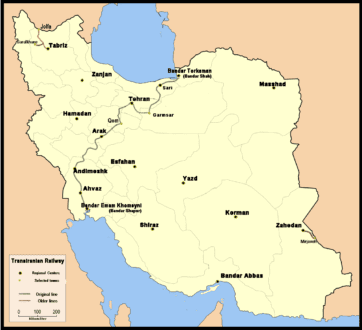RFL/RE – A rare collection of color images made by a European woman who traveled throughout Iran as modernization and political upheavals forever changed the country.
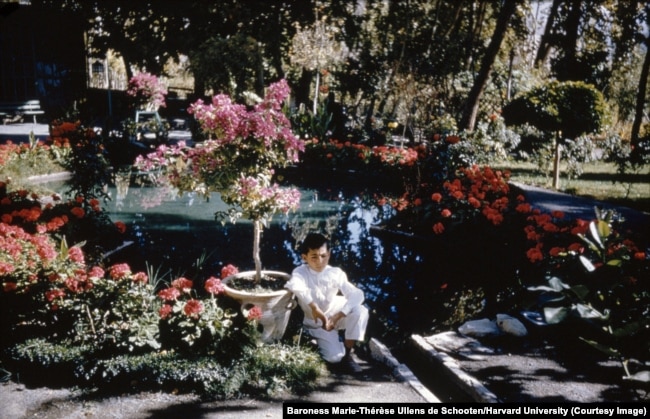
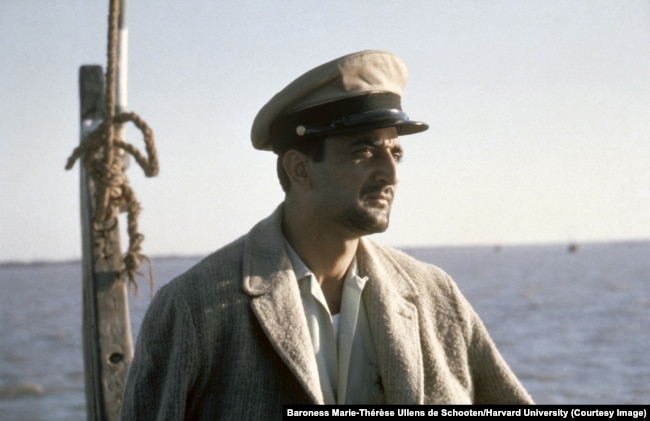
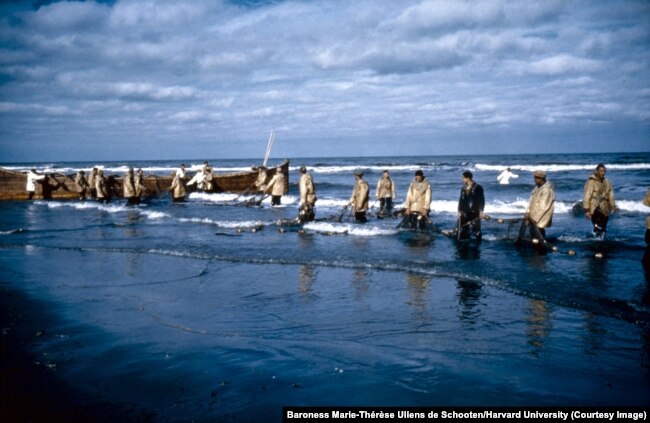
These are some of the thousands of color slide photos of Iran, made mostly in the 1950s, by Baroness Marie-Therese Ullens de Schooten. The images are now held by the Harvard Semitic Museum.
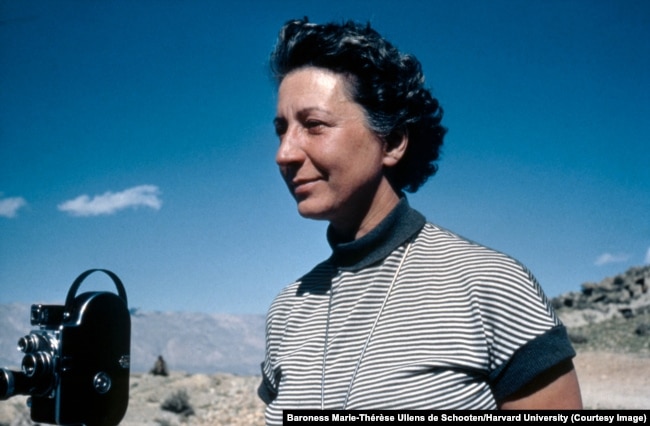
Ullens was born in 1905 to Belgian and Austrian parents and traveled extensively after marrying a Belgian diplomat in 1926.
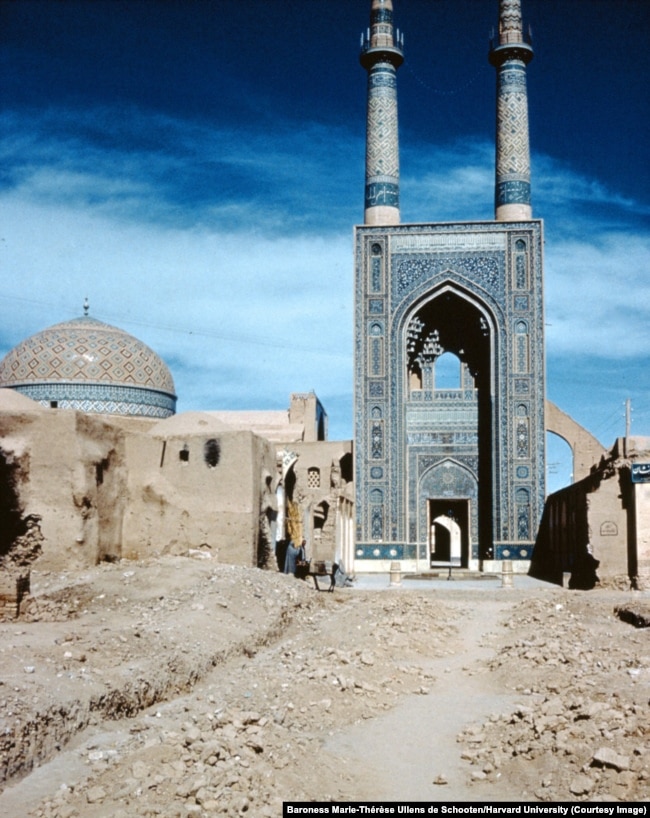
Soon after her husband died from a heart attack in 1950, Ullens returned to Iran, where she had close personal connections, for the first of what would become annual trips to the country. On some of those trips, the baroness took her daughter Astrid.
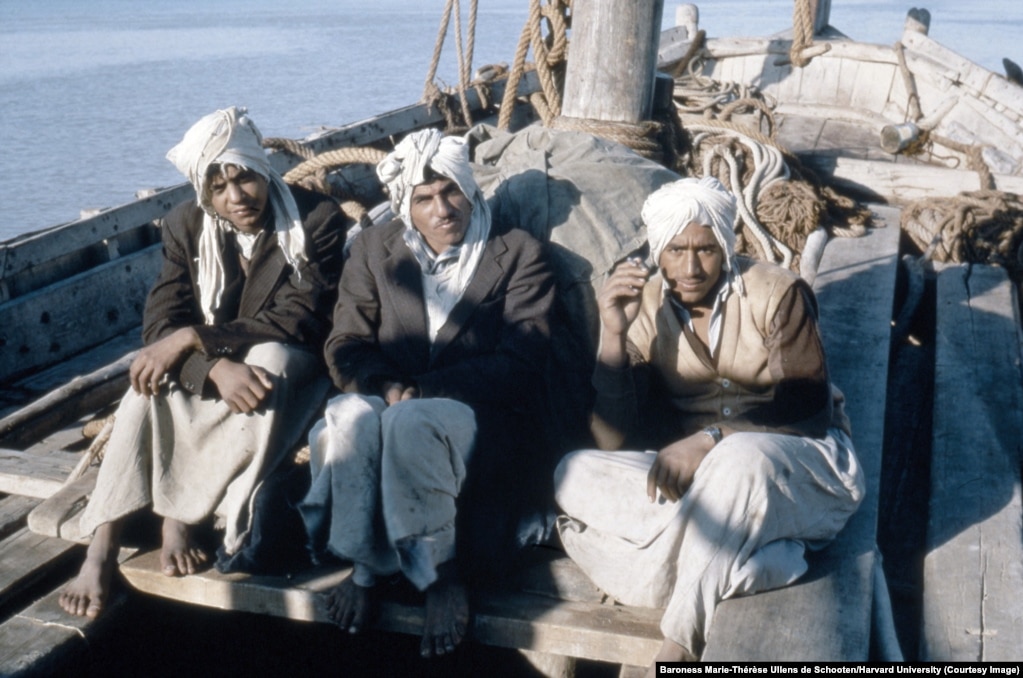
In a telephone interview from her home in Belgium, Astrid Ullens told RFE/RL that her mother became determined to photograph her adventures across Iran because she realized that the country “was changing so quickly that she had to film.”
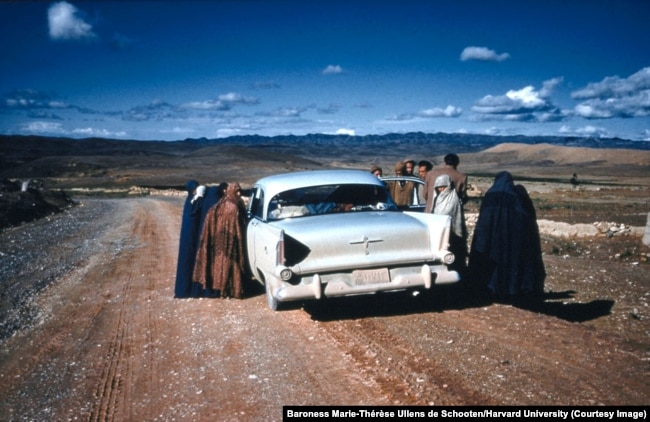
When Astrid was traveling across Iran with her mother, there were no highways covering the massive distances between cities.
“It was complicated to drive,” Astrid says. “There was a lot of dust and you couldn’t see much when you were behind a lorry, so it was a matter of luck not to have an accident.”
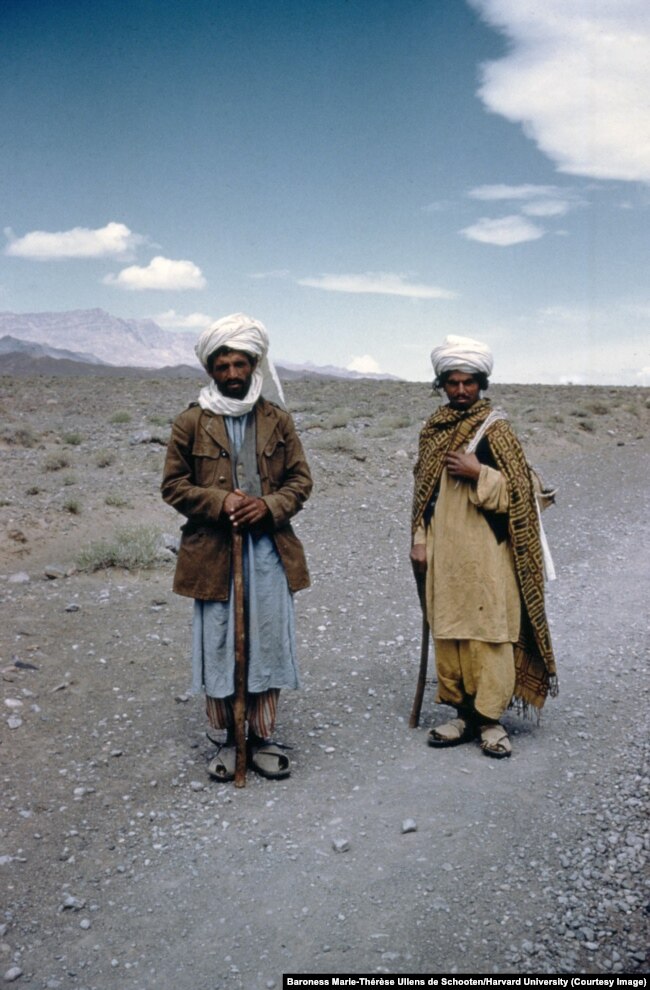
Astrid says her mother was a fiercely intelligent woman who “was never afraid. She would go alone anywhere, even by night — just curious to meet the people and understand them.”

In 1953, as the Iranian capital, Tehran, was in turmoil from a U.S. and British-engineered coup that overthrew the country’s prime minister, Ullens headed into Iran’s isolated tribal areas.
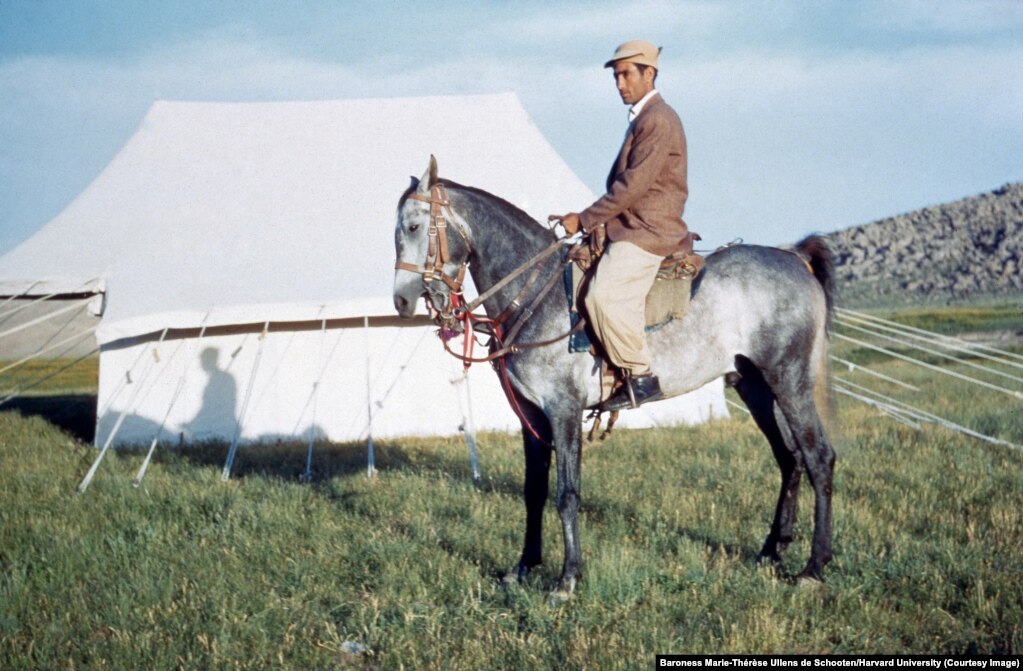
Ullens reportedly became the first outsider given permission to photograph the Qashqai people.

The Qashqai are a collection of largely nomadic tribes in southern and central Iran who speak their own Turkic language. The tribespeople are believed to have migrated from Central Asia around 1,000 years ago.
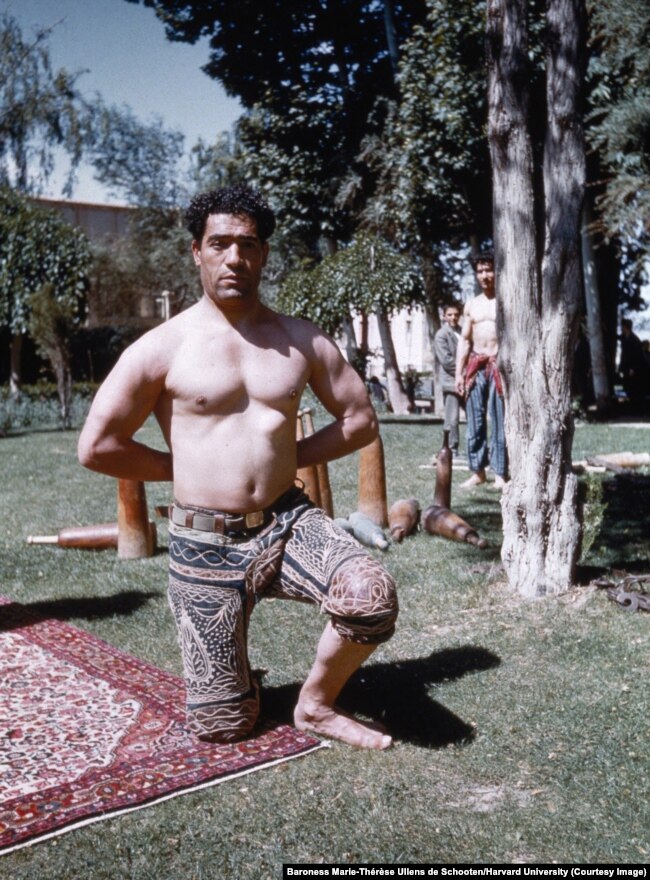
Ullens mostly used a Leica camera for her work. The expensive and rare Kodachrome color film she shot with was provided to her by diplomatic contacts.
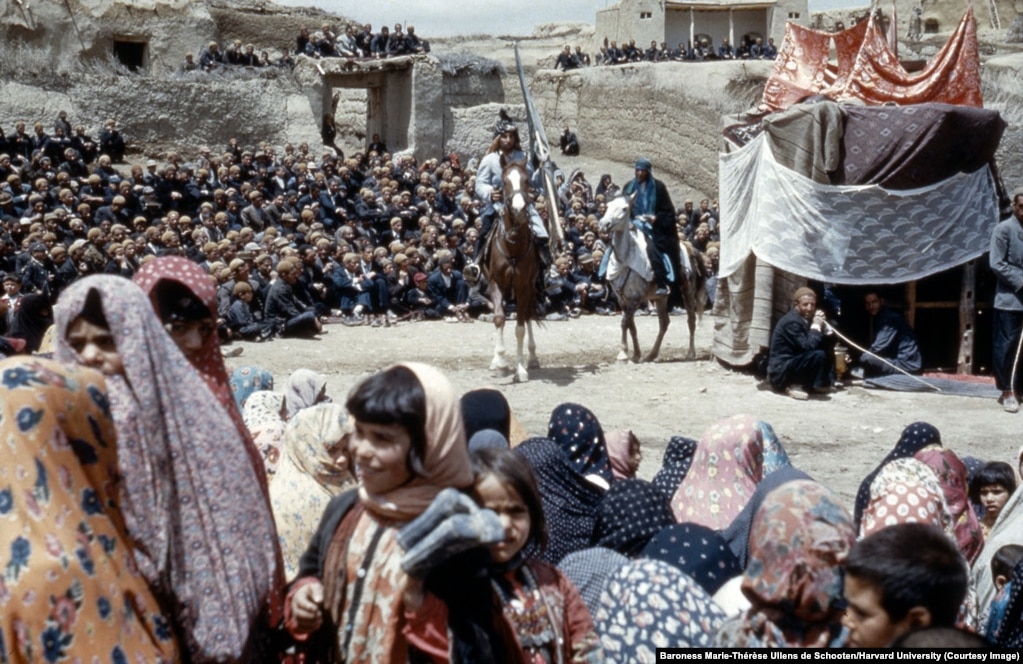
Italian photographer and artist Federico Clavarino is working on a book about the baroness and her historic images. He told RFE/RL that he became fascinated by her work largely due to the remarkable access she had to Iranian culture at the time.
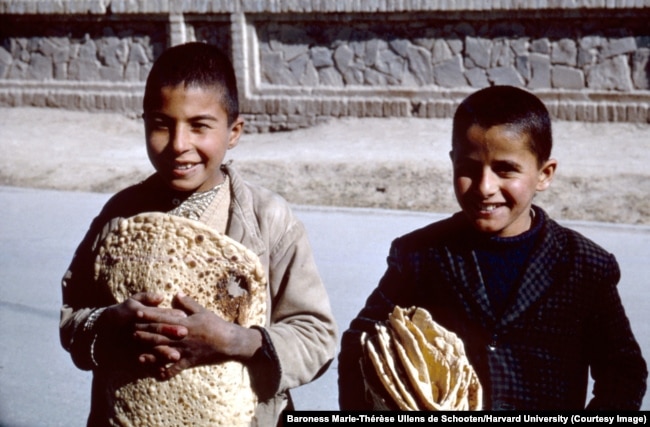
“There are probably very few other images shot at this time and in this way — in color,” Clavarino says, adding that the baroness “had access to places that were not easily reached by other Europeans.”
Clavarino finds it “astonishing” that Ullens was able to produce the images she did without speaking Farsi or other Iranian languages.

Ullens made her last trip to Iran in 1977, when she described the country as “hideously spoiled in its search for immediate, ghastly modernization.”
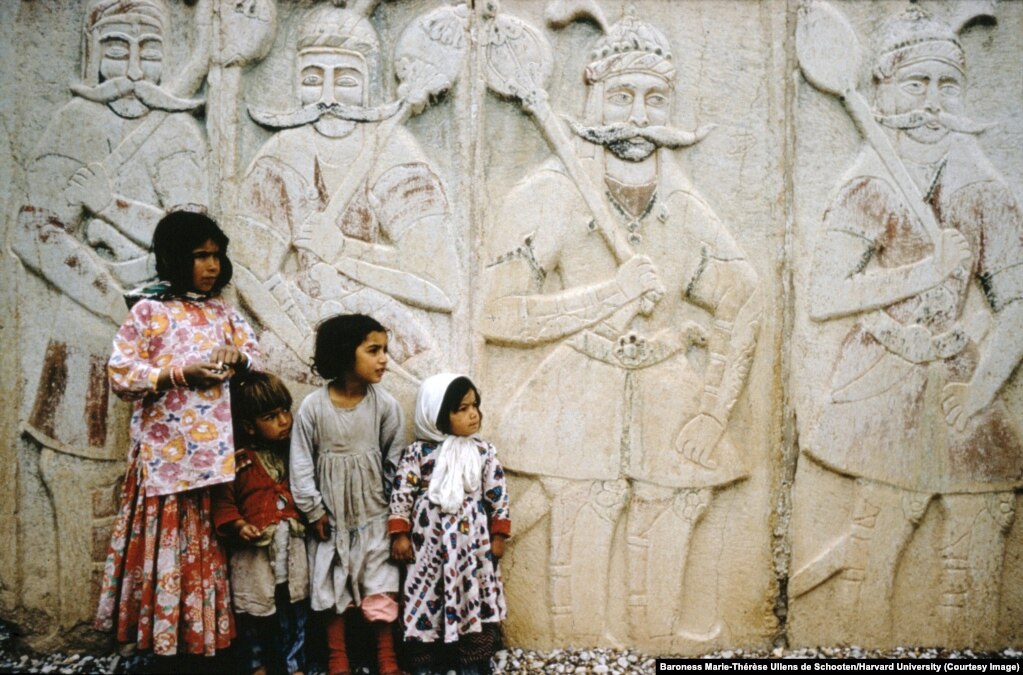
Astrid Ullens says her favorite memory of her mother is from her 80th birthday. Feeling unwell, the elderly baroness decided not to celebrate the landmark, but Astrid secretly prepared a party of around 150 people. After walking into the surprise, the baroness demanded to know “who organized this foolishness.”
When she found out it was Astrid, she told her daughter, “You could have killed me.” Astrid replied, “I know, but you would have died happy.”

Ullens died in 1989. Two years later, the entire collection of her photographs, films, and audio recordings were handed to the Harvard Semitic Museum. More than 4,000 of her images can be viewed today on the Harvard Library Website.
- Amos ChappleAmos Chapple is a New Zealand-born photographer and picture researcher with a particular interest in the former U.S.S.R.
 Shabtabnews In this dark night, I have lost my way – Arise from a corner, oh you the star of guidance.
Shabtabnews In this dark night, I have lost my way – Arise from a corner, oh you the star of guidance.
